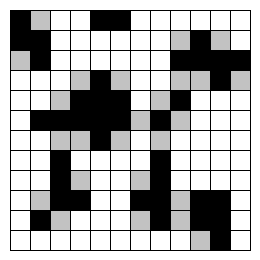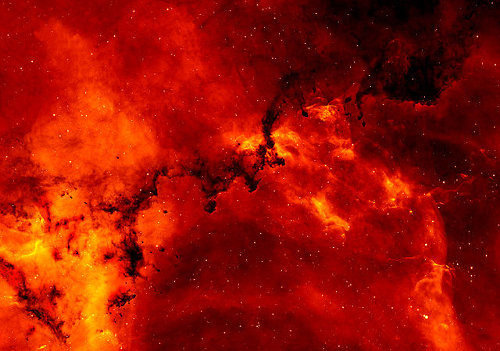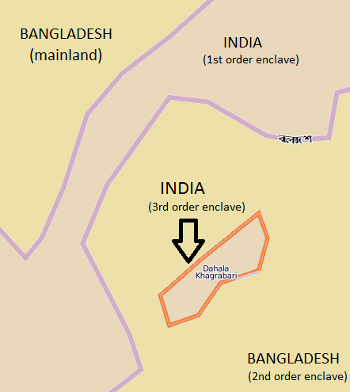In September 1905, printers in Ivan Sytin’s Moscow publishing house went on strike, demanding pay for punctuation marks. Discontented workers in other trades and other cities soon joined them in sympathy: bakers, railroad workers, lawyers, bankers, even the Imperial Ballet. Without the railroad, steel and textile mills were forced to shut down; soon nearly the entire adult population of Petrograd had ceased work. The general strike led Tsar Nicholas II to issue the October Manifesto, granting a constitution to Russia for the first time in its history. Thus, wrote Trotsky, “a strike which started over punctuation marks ended by felling absolutism.”
A somewhat related story, from David Kahn’s The Codebreakers: In June 1887 Philadelphia wool dealer Frank J. Primrose sent his agent William B. Toland west, ordering him to buy 50,000 pounds of wool in Kansas and Colorado and await further instructions. The two corresponded by telegram using phrase codes like these to shorten the messages.
On June 16 Primrose planned to send the message Yours of the 15th received; am exceedingly busy; I have bought all kinds, 500,000 pounds; perhaps we have sold half of it; wire when you do anything; send samples immediately, promptly of purchases. Shortened with phrase codes this read DESPOT AM EXCEEDINGLY BUSY BAY ALL KINDS QUO PERHAPS BRACKEN HALF OF IT MINCE MOMENT PROMPTLY OF PURCHASES.
Unfortunately, somewhere between Brookville and Ellis, Kansas, someone added a dot, converting BAY into BUY. Consequently Toland bought 300,000 pounds of wool. Primrose lost more than $20,000 in settling with the sellers and sued Western Union, but the Supreme Court ruled against him on a technicality (he had declined to have his message read back to him). He collected only the cost of the telegram, $1.15.
(Thanks, Folkard.)



